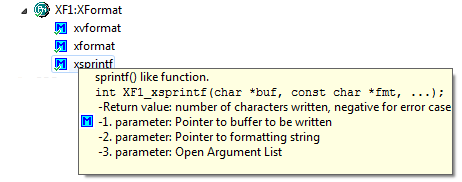
Only some of them are supported by Blender through the intenally used ffmpeg. Make sure, your render is in one of the supported YouTube file formats, namely. 😊įfmpeg -i INPUT.mov -vcodec copy -acodec copy OUTPUT.mp4
#Blender .xformat mp4
If you want to be finicky, you can convert that Quicktime file to MP4 using ffmpeg. mov file in the folder where you exported your video. Go to the Render menu and select render animation. Under the Output panel, set where you want to export your video. I've had issues of it not wanting to export if hadn't saved the blend first. In order to finally render and export your video:įirst, make sure you save your blend file somewhere. Use whatever bitrate your source audio was recorded in. Select AAC as your audio codec under the Encoding panel You can find higher quality suggestions on this page.) Set the bit rate to one of the following depending on your video resolution (These are only suggestions given by Youtube themselves. Set the max bit rate to 0 to make Blender ignore it. When you select that, a new panel named Encoding should appear. This can be calculated by frame rate x length of video in seconds. Make sure that you have set the end frame for however long you want your video to be. Note that this is not the same thing as the aspect ratio shown in Blender! Use one of the above resolutions for predictable results on Youtube. So if you're using a different aspect ratio, such as 4:3, youtube will covert it to 16:9 by adding black empty space on the left and right sides. The resolutions that Youtube uses are the following:Īll of these use the 16:9 aspect ratio. Under the Dimensions panel, select an appropriate resolution and frame rate. Open the properties window and open the render context with the triangle button. Of course, there are plenty of other ways to do it, but this is how I do it.)īe advised that there are issues with Blender's output interface since 2.71. Based on the "Advanced encoding settings" article and Blender's limitations. (This is my workflow for Youtube publishing. You need to render and export your video sequence in order to get a playable video. Image textures dimensions should be power of 2 square.Blender files are not video files. Blender-specific features like procedural textures are not going to migrate properly. Materials and Textures: Avoid the Blender material panel(except basic colors). Also, it is a good idea to apply the transforms ( Ctrl + A).

It's better to be explicit than implicit. Mesh Modifiers: Even though the exporter probably applies the modifiers. You can recalculate normals with Ctrl + N. Blender renders both side of a polygon by default, many other 3D viewers don't.

Also, make sure the face normals are all oriented correctly. The exporter might produce unexpected results. Geometry: Avoid Ngons, or at least, triangulate before exporting. But the most common format is probably the ASCII Obj format, for which Blender has a pretty decent exporter for. The answer is somewhat dependent on what file format the WebGL viewer ingests.


 0 kommentar(er)
0 kommentar(er)
